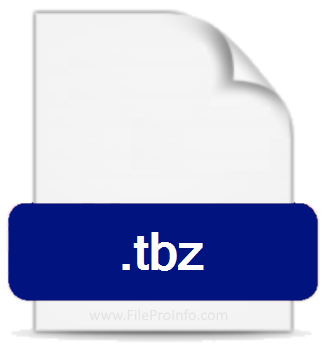What Is a TBZ File?

A TBZ file is a compressed file format that is commonly used in Unix/Linux operating systems. TBZ stands for “Tar BellZip,” which means that TBZ files are a combination of two other compression formats – Tar and Bzip2.
Tar, short for “tape archive,” is a file format that is used to bundle files together into a single file. It is commonly used in Unix/Linux operating systems to create backup copies of files, or to archive large collections of files into a single file for easier management. Bzip2, on the other hand, is a compression format that reduces the size of files by compressing the data within them. It is commonly used in Unix/Linux operating systems to compress large files for faster transfers and storage.
When these two compression formats are combined, they create a TBZ file that is both a bundled archive and compressed file. This means that the TBZ file contains multiple files that have been bundled together, and those files have been further compressed to reduce their size.
One of the advantages of using a TBZ file is that it can be easily compressed and decompressed using common Unix/Linux tools. This makes it a popular file format for sharing large collections of files over a network or via the internet, as the files can be easily compressed into a single TBZ file for distribution.
To open and view the contents of a TBZ file, the file must first be decompressed using a tool such as tar or bunzip2. Once decompressed, the files within the TBZ file can be accessed and manipulated like any other file.
In conclusion, a TBZ file is a file format that combines the bundling capabilities of Tar with the compression capabilities of Bzip2 to create a compressed archive file. It is commonly used in Unix/Linux operating systems and can be easily managed using common Unix/Linux tools.






